
Microscopic Animals Small and Significant Fauna


Microscopic Animals Objectives
-
Identify microscopic pond animals based on their structural characteristics.
-
List different forms of motion visible at different magnifications.
Microscopic animals include animals that start too small to see and then grow large enough to be visible (macroscopic), as well as animals that stay microscopic for their entire lifespan.
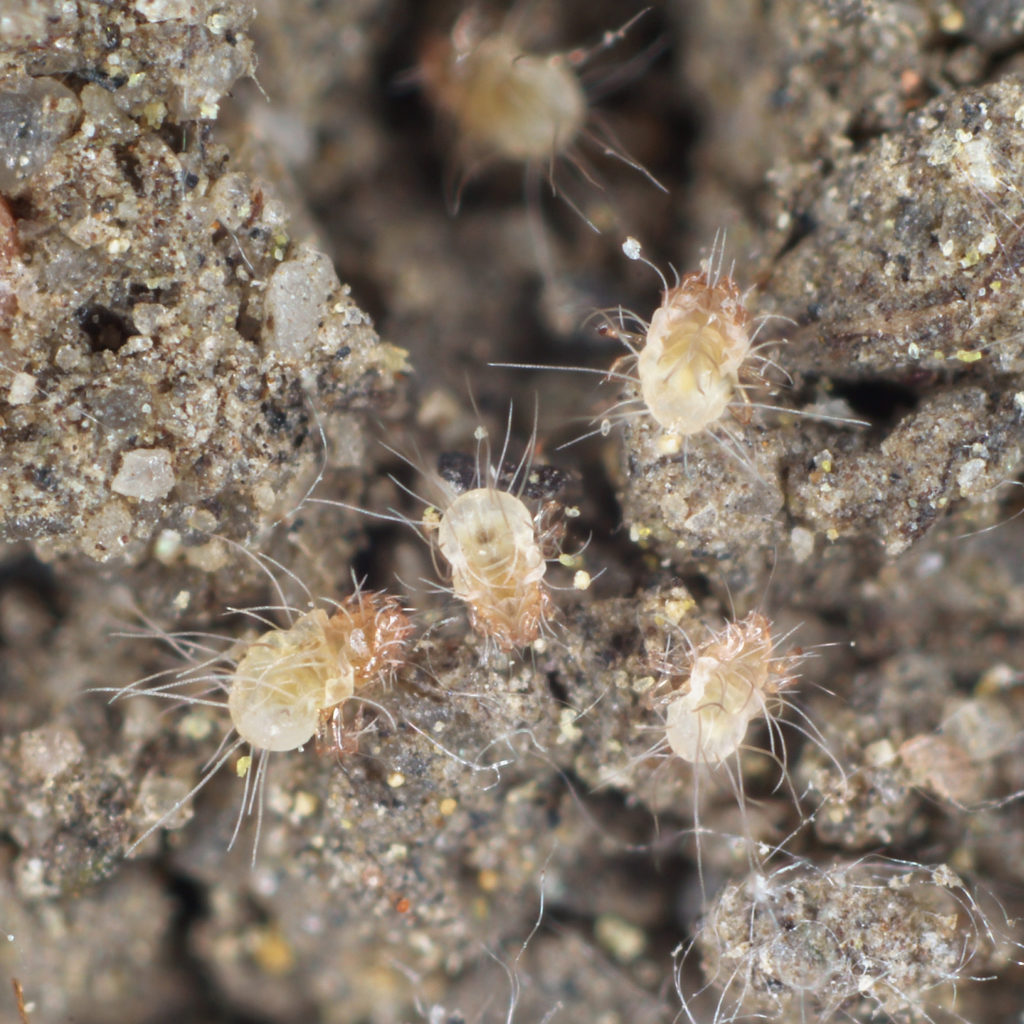
Dust Mites
Some dust mite species produce feces that can initiate an allergic response in humans.
Research on microscopic animals is focused on species that can cause disease or damage crops.
Mites like the dust mites and spiders mites pictured, are arachnid arthropods, relatives of spiders and scorpions. Like other arthropods, they have muscles and legs for movement.
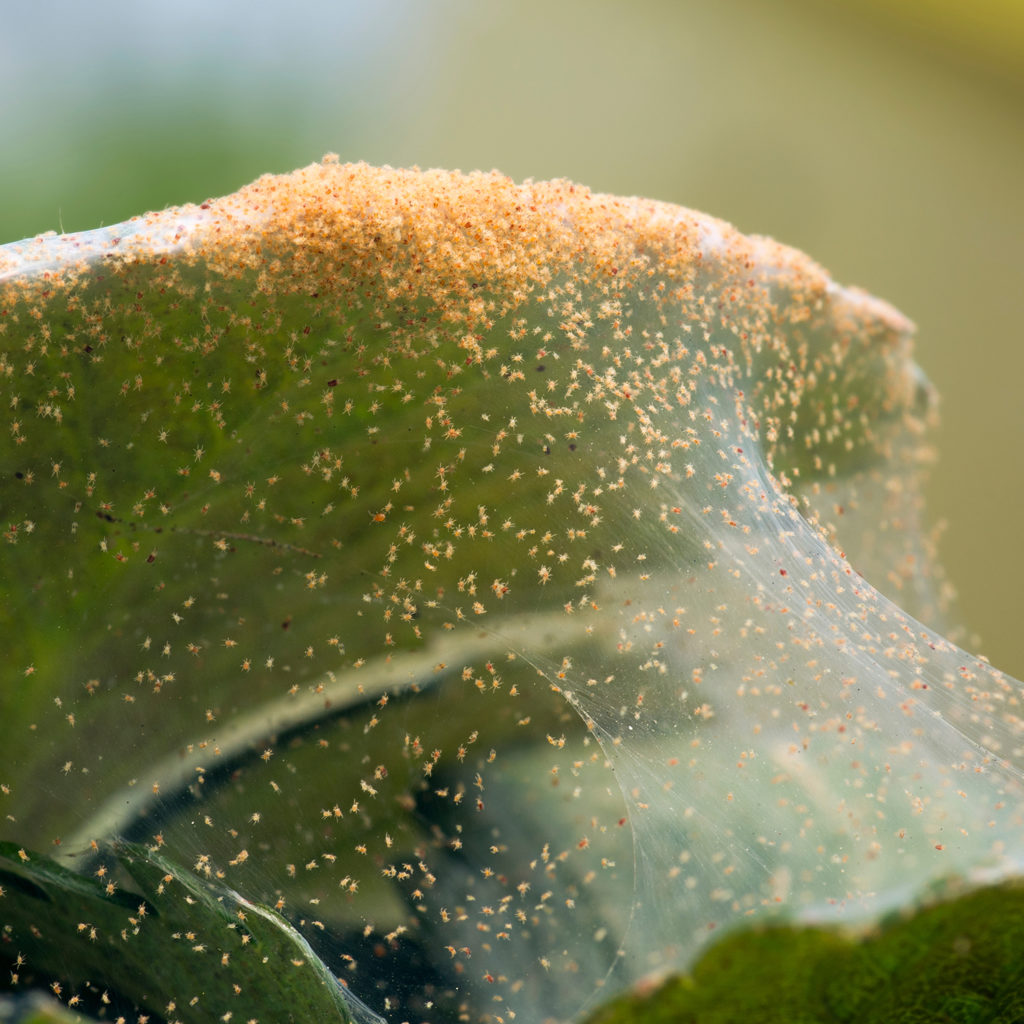
Spider Mites
Herbivore species, some damage crops including tomatoes and peppers.
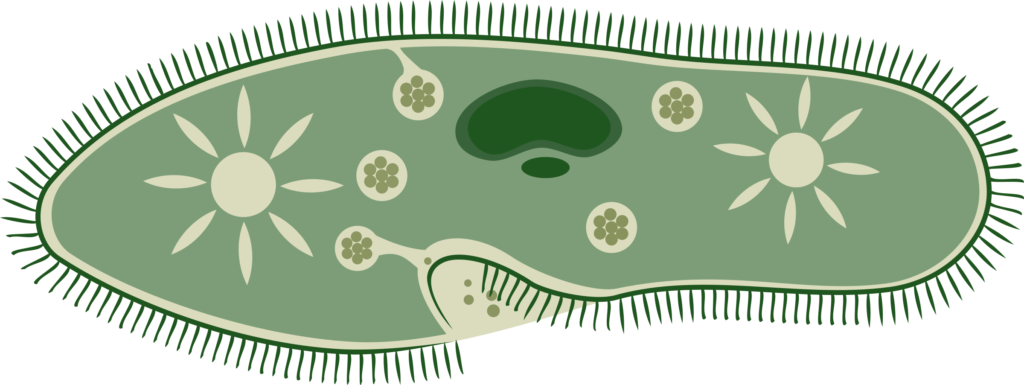
Microscopic animals are also abundant in freshwater, saltwater, and terrestrial soils. Despite their small size, their high numbers and overall biomass mean they are important parts of food webs in these ecosystems.
One of the easiest locations to locate microscopic animals is in pond water. Algae and detritus is a primary food source for many microscopic aguatic animals.
First, we’re going to look for microscopic animals in a pond sample from Bend, Oregon at high elevation.
This is a small pond, but there clearly are many macroscopic organisms, including the water striders on the surface.
We brought the sample back to our “lab” (cargo container) to examine it under the microscope.
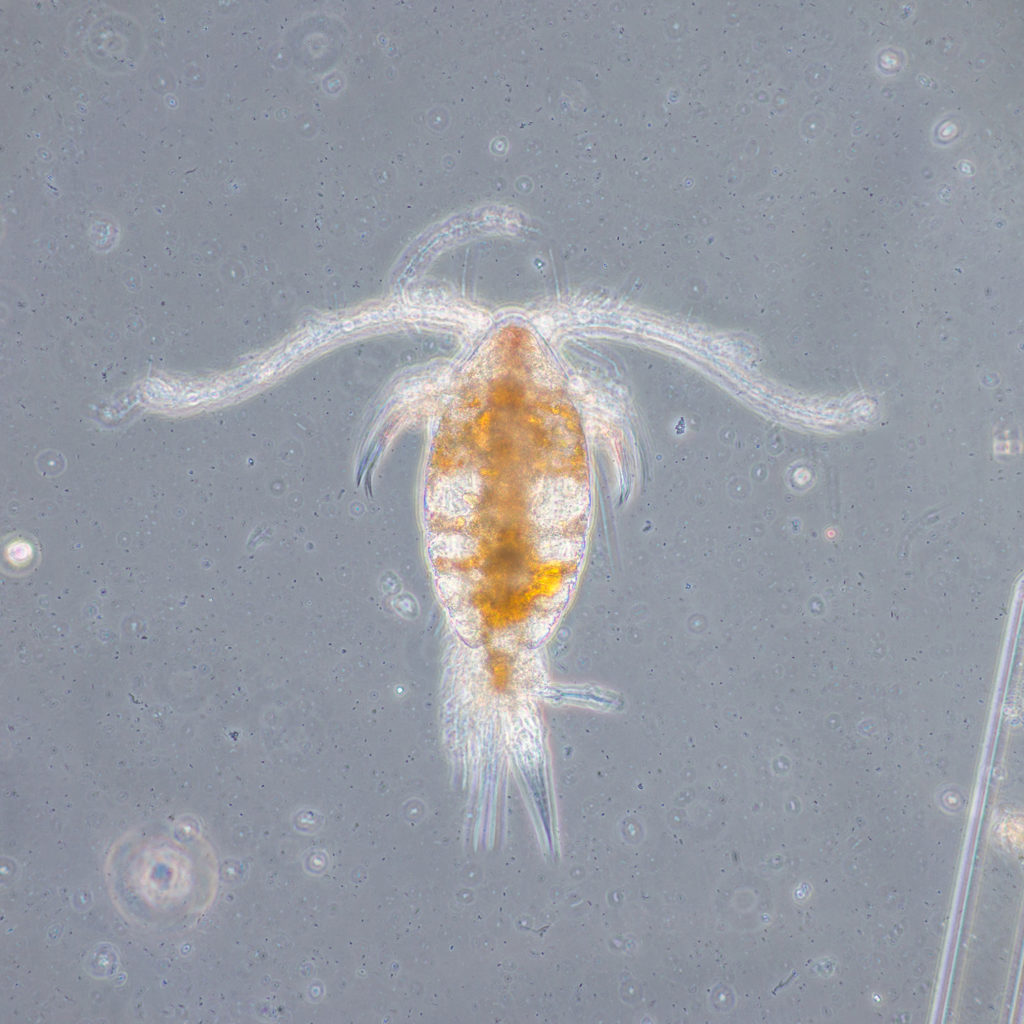
Copepods
400x Crustacean arthropods that use muscles and legs for movement and feeding. They have an elaborate nervous-muscular interface that enable them to quickly move away from potential predators.
Two common groups of microscopic animals in ponds are copepods and rotifers.
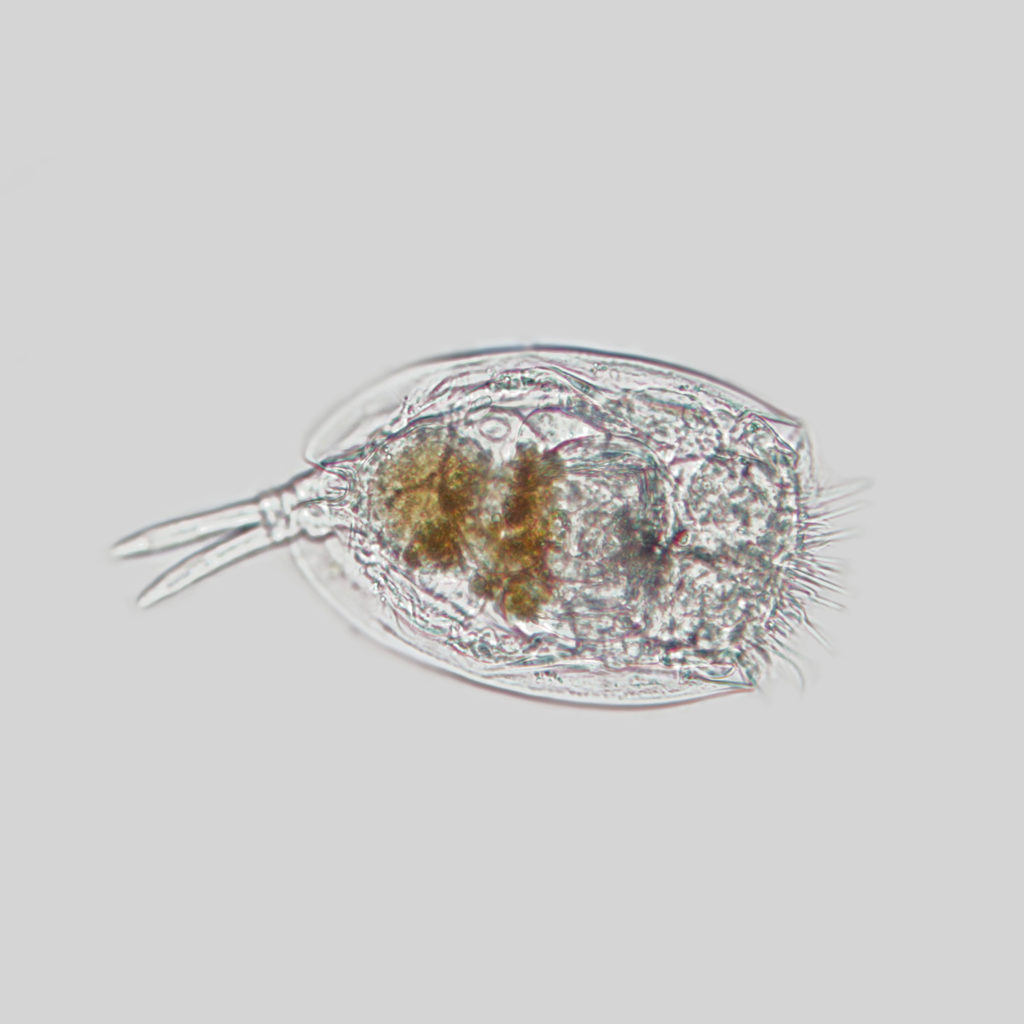
Rotifers
600x
Rotifers use a ring of little hair-like cillia (right side of photo) to undulate and propel them through the water.
Another option besides collecting a pond sample is to order organisms.
Here are the amphipods in motion after poured into a holding tank. Their legs are propelling them through the water.
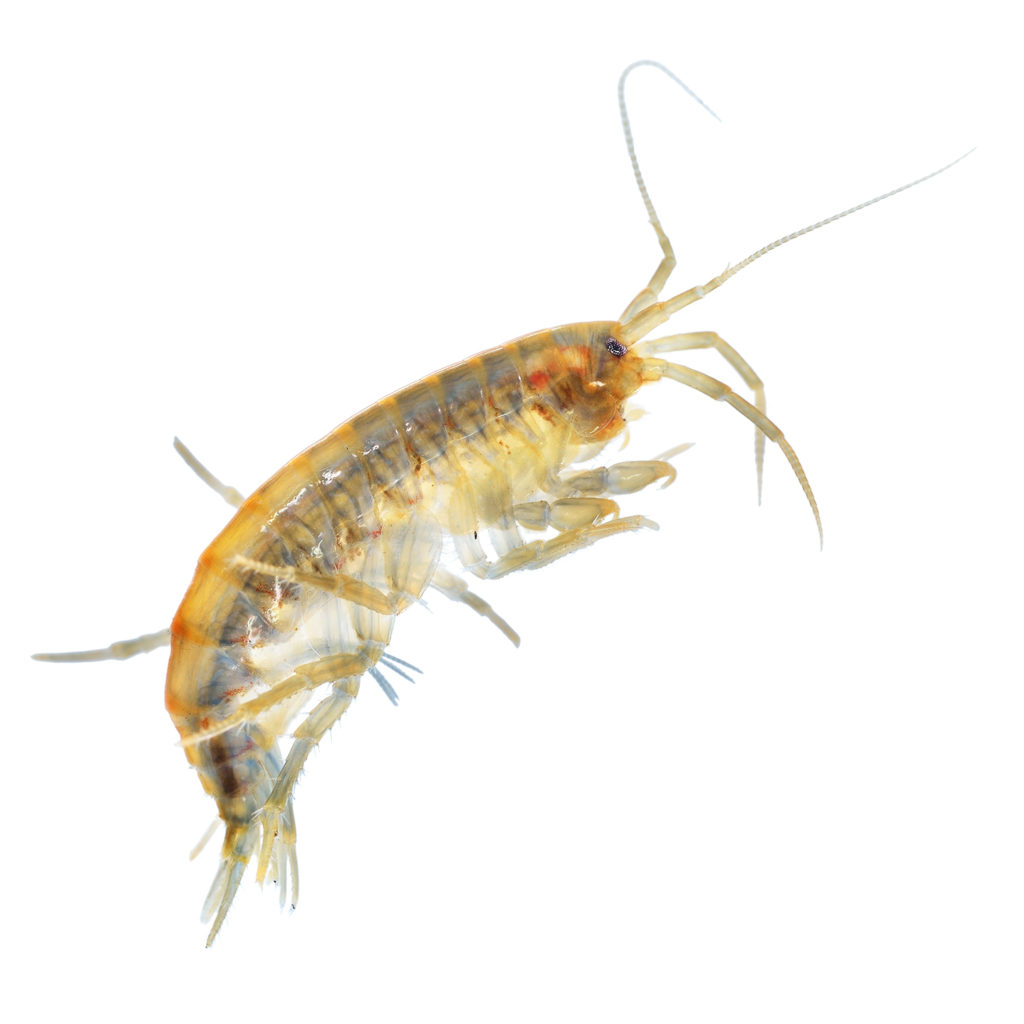
Amphipods (100x)
Like many aquatic arthropod crustaceans (shrimp, krill, crabs), the amphipods alternate the legs on opposite sides of the body. So when one leg moves forward, the one on the opposite side of the body is moving backwards. This is analogous to four-legged mammals walking.
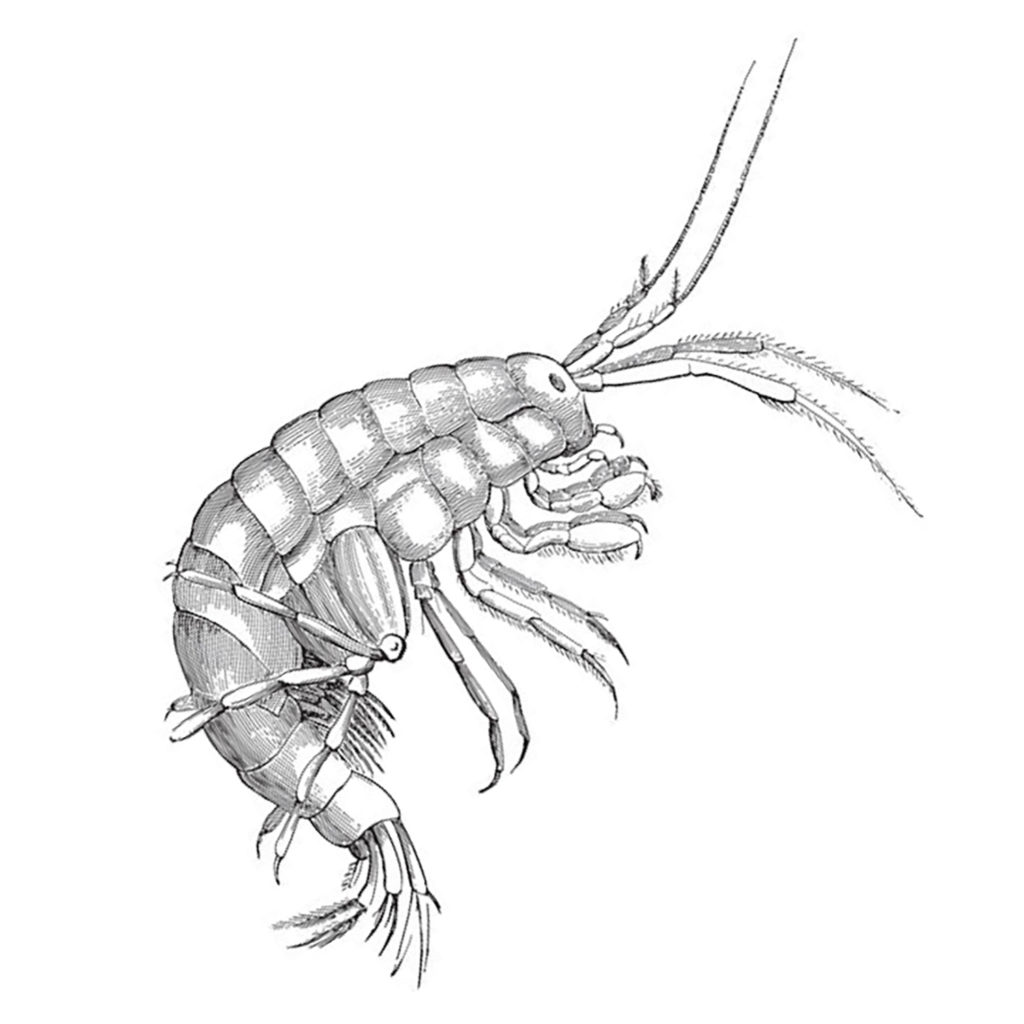
These are daphnia swimming by the camera. They use their antennae to move and their legs to filter food out of the water. The antennae whip though the water, which makes them look like they are jumping like “water fleas.”
Introduction to the Final Portfolio
In this course you are constructing a portfolio of your work.
This video introduces the basic requirements of the Animal Biology Portfolio.
Examine the course outcomes in more detail
I’m going to be making my own Animal Biology Portfolio along with you. Your portfolio may look very different, but this video includes some of the considerations in designing your own portfolio.
One of the best things you can do is start compiling your portfolio of quiz answers and media pieces early in the course. This can be s simple as putting your pieces into a powerpoint or document now, and sorting them later.
This is the end of the Making Observations Guide. The material from this guide and the next Field Notes Guide are assessed on the weekly quiz.

Check your knowledge. Can you:
-
identify microscopic pond animals based on their structural characteristics?
-
list different forms of motion visible at different magnifications?



